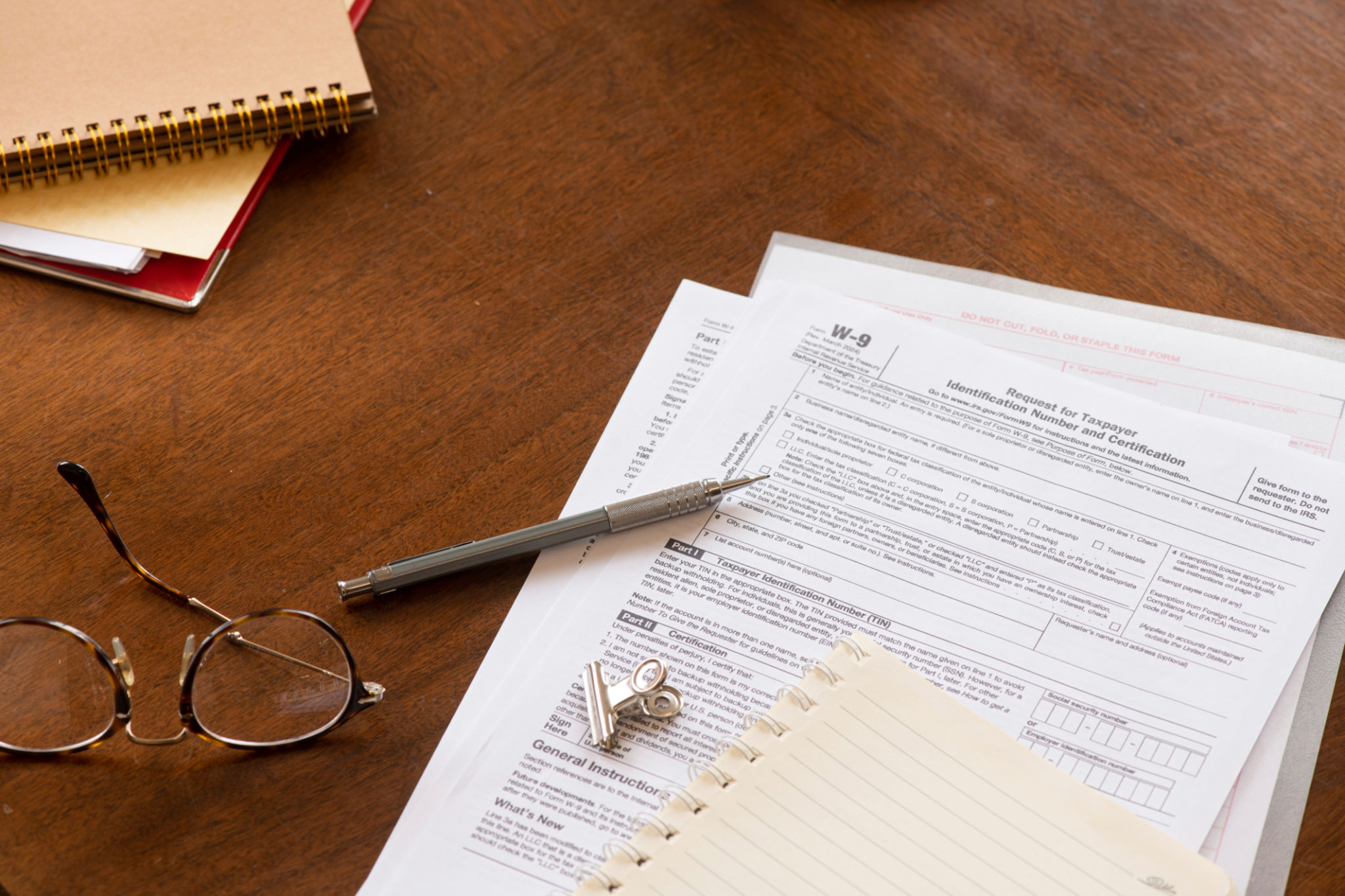A Step-by-Step Guide to Self-Prepared Taxes: What You Need to Know
Introduction to Self-Prepared Taxes
Tax season can be a daunting time for many, but with the right approach and tools, self-preparing your taxes can be a manageable task. This guide will walk you through each step, ensuring you have all the information needed to file your taxes confidently.
By handling your own taxes, you not only save on professional fees but also gain a deeper understanding of your financial situation. Let’s dive into the process to make this year's tax filing a breeze.

Gather Your Documents
Before you start, it’s important to gather all necessary documents. This includes your W-2s if you're employed, 1099s for any freelance work, and any other income statements you might have. Don’t forget about interest statements from banks or investment accounts.
Having a checklist can ensure you don’t miss anything crucial. Make sure to include receipts for deductible expenses if you plan on itemizing. This preparation will make the filing process smoother and less stressful.

Choosing the Right Tax Software
There are numerous tax software options available, from free versions to more comprehensive paid programs. When selecting one, consider your financial situation. Do you have investments or rental properties? Some software is better suited for complex situations than others.
Read reviews and perhaps try a few demos. Many programs offer user-friendly interfaces and step-by-step guidance, which can be invaluable for first-timers. Make sure the software is up-to-date with current tax laws.
Understanding Deductions and Credits
Deductions and credits can significantly reduce your tax liability. Common deductions include mortgage interest, student loan interest, and medical expenses. Meanwhile, credits like the Earned Income Tax Credit (EITC) can directly reduce the amount you owe.
Take time to research what deductions and credits apply to you. Tax software often provides insights into these, but understanding them yourself ensures you’re not missing out on potential savings.

Filing Your Taxes
Once you've completed your tax return using the software, review it thoroughly before submitting. Check for errors or missing information that could delay processing or trigger an audit.
You can choose to file electronically, which is faster and often more secure, or mail your return. If you owe taxes, consider your payment options. Paying electronically can prevent late fees and penalties.
Keeping Records
After filing, it’s crucial to keep copies of your tax return and all supporting documents. The IRS recommends retaining these records for at least three years, though some situations may require longer retention periods.
Organize these documents in a safe place where you can easily access them if needed for future reference or audit purposes. Digital storage is a great option for minimizing paper clutter while ensuring security.

Conclusion
Self-preparing your taxes doesn’t have to be intimidating. With the right tools and knowledge, you can navigate tax season effectively. Remember to stay informed about tax law changes annually and consider consulting a professional if your financial situation becomes too complex.
By following this guide, you'll develop a stronger grasp of your finances and enhance your financial literacy. Best of luck with your tax filing!